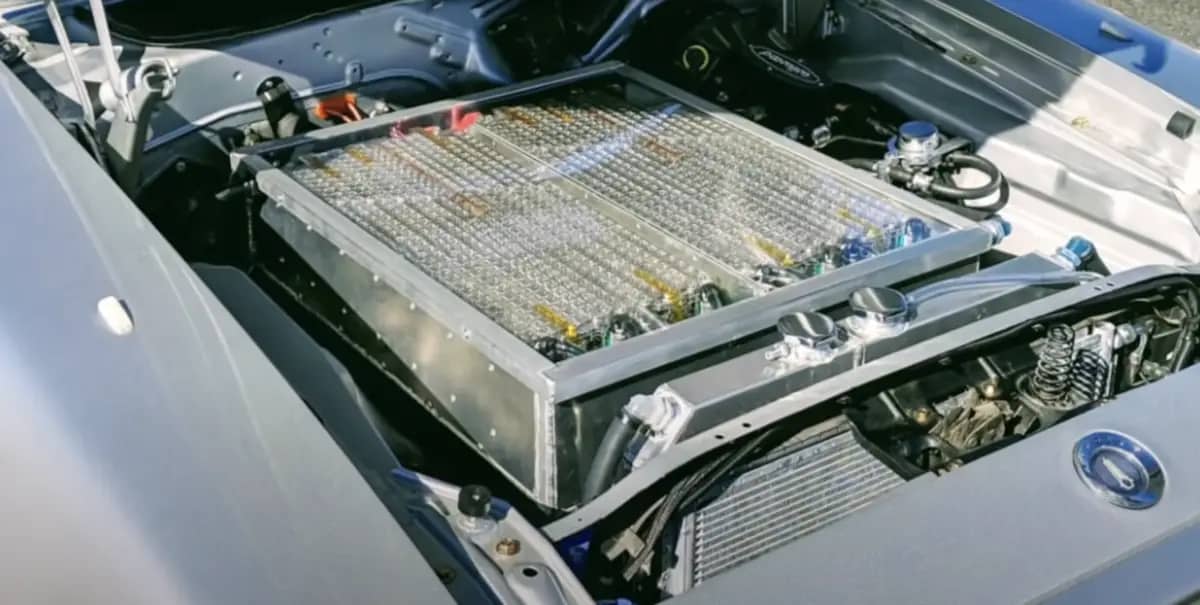The rapid growth of electric vehicles (EVs) has revolutionized the automotive industry, driving innovations in motor technology to improve efficiency and performance. Two primary types of motors used in electric cars are alternating current (AC) motors and direct current (DC) motors. Each type has its advantages and drawbacks, making them suitable for different applications in the realm of electric mobility.
AC Motors:

AC motors are the more commonly used option in modern electric vehicles. One of their key benefits is their simplicity in design and construction, which translates to reduced maintenance requirements and higher reliability. Additionally, AC motors offer a high torque-to-weight ratio, making them suitable for acceleration and maintaining speed even on inclines.
One significant advantage of AC motors is regenerative braking. During deceleration or braking, AC motors can reverse their role and function as generators, converting kinetic energy back into electrical energy to recharge the battery. This regenerative braking system improves overall efficiency and extends the vehicle’s range.
DC Motors:

Direct current (DC) motors were more commonly used in the early days of electric cars but have largely been surpassed by AC motors in modern designs. However, DC motors still find application in specific niche markets due to their simplicity and cost-effectiveness.
One of the main drawbacks of DC motors is that they require more maintenance than AC motors, primarily due to the presence of brushes and commutators, which wear down over time. This leads to reduced efficiency and a shorter lifespan compared to AC motors.
Comparison:
- Efficiency: AC motors generally have higher efficiency than DC motors, resulting in better range and longer battery life. The absence of brushes and commutators in AC motors reduces friction and wear, enhancing overall performance.
- Regenerative Braking: AC motors outperform DC motors in regenerative braking capabilities, efficiently recovering energy during braking and deceleration. This feature significantly contributes to the extended range of electric vehicles using AC motors.
- Cost and Maintenance: DC motors are more affordable to manufacture and maintain due to their simpler construction. However, the overall efficiency and performance gains provided by AC motors often outweigh the cost difference.
- Torque and Acceleration: AC motors tend to provide higher torque at low speeds, making them ideal for quick acceleration and better handling in stop-and-go traffic conditions.
Top Electric Vehicles and Their Motor Types:
Several electric vehicles have made a significant impact on the market. However, it’s important to note that new models may have been introduced since then, so the following list may not be exhaustive. Here are some prominent EVs and their motor types:
- Tesla Model S and Model 3: Both Tesla’s Model S and Model 3 use AC induction motors. Tesla, being one of the pioneering companies in the EV market, has heavily favored AC motors due to their efficiency and regenerative braking capabilities.
- Nissan Leaf: The Nissan Leaf utilizes an AC synchronous motor. Like Tesla, Nissan recognizes the advantages of AC motors for everyday driving and urban commutes.
- Chevrolet Bolt EV: The Chevrolet Bolt EV is equipped with an AC synchronous motor, which contributes to its peppy acceleration and commendable range.
- BMW i3: BMW’s i3 is fitted with an AC synchronous electric motor, optimized for city driving and navigating congested streets.
- Audi e-tron: Audi’s e-tron SUV features AC induction motors, combining power and efficiency to deliver a dynamic driving experience.
- Hyundai Kona Electric: The Hyundai Kona Electric is equipped with a permanent-magnet synchronous motor, offering a good balance of performance and efficiency.
- Jaguar I-PACE: Jaguar’s I-PACE utilizes AC synchronous motors, showcasing the brand’s commitment to embracing advanced electric propulsion technology.
In conclusion, while both AC and DC motors have their merits, AC motors have emerged as the preferred choice for modern electric vehicles due to their higher efficiency, regenerative braking capabilities, and overall better performance. As EV technology continues to advance, we may witness further refinements in motor technology, leading to even more efficient and sustainable electric mobility solutions in the future.









